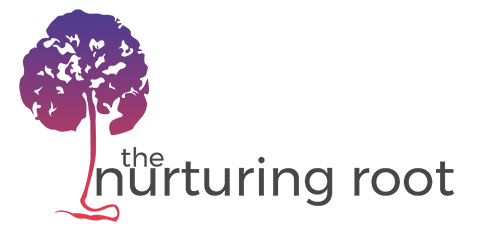Help! I’m Unexpectedly Considering a Home Birth
With the current COVID-19 pandemic, the number of home births has been on the rise. Understandably so, many people now have hesitations about birthing in a hospital. Whether that be fear of being exposed to the coronavirus while there, being uncomfortable about the new protocols that have been put in place in many hospitals (ie…
